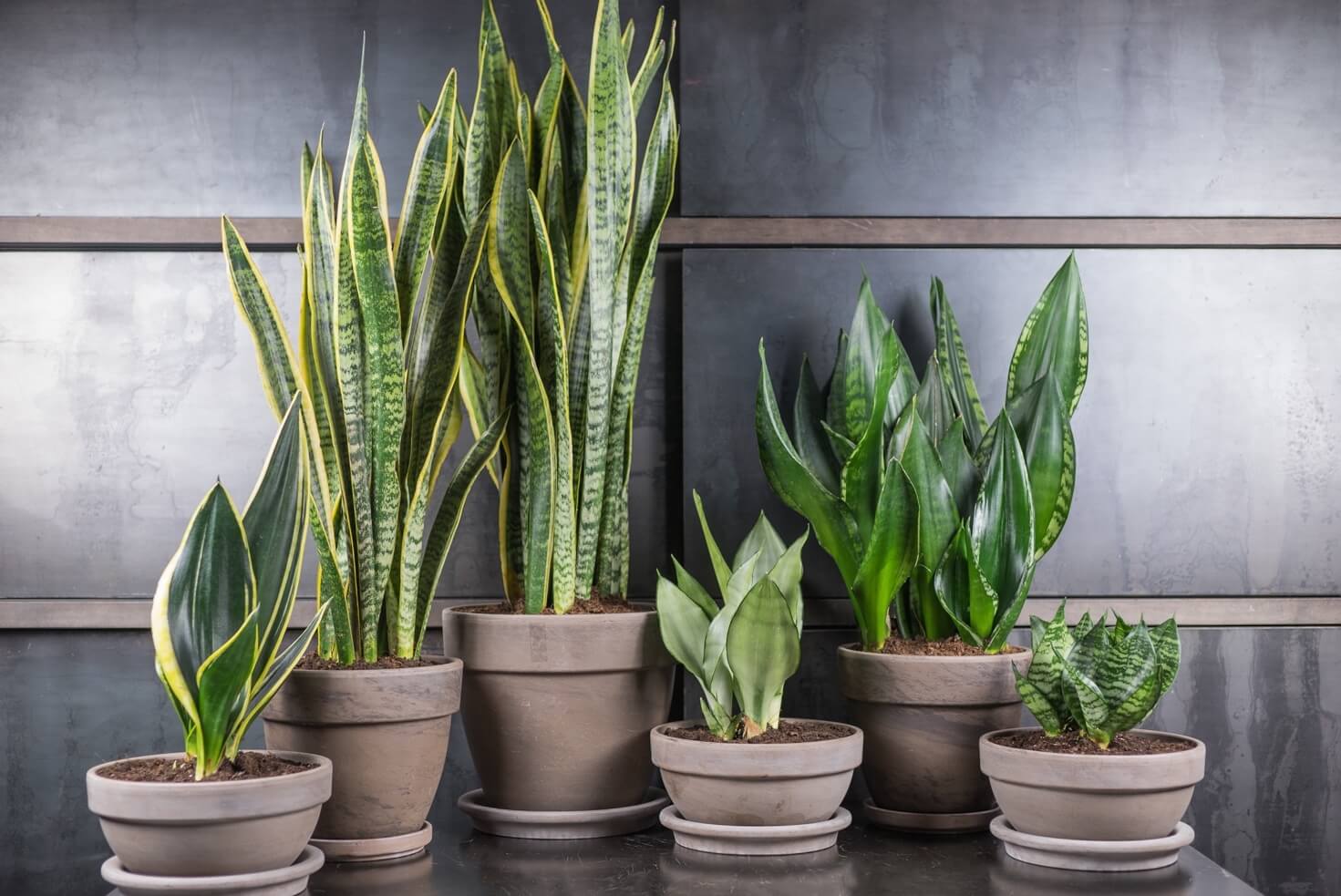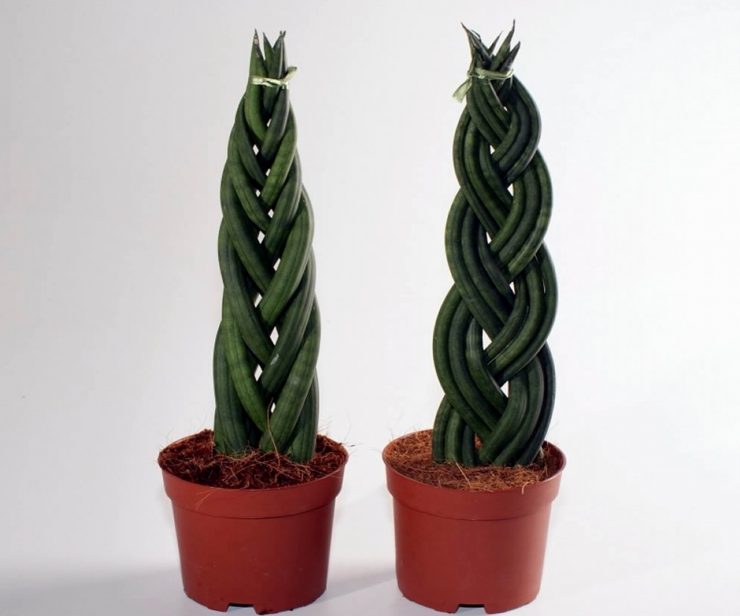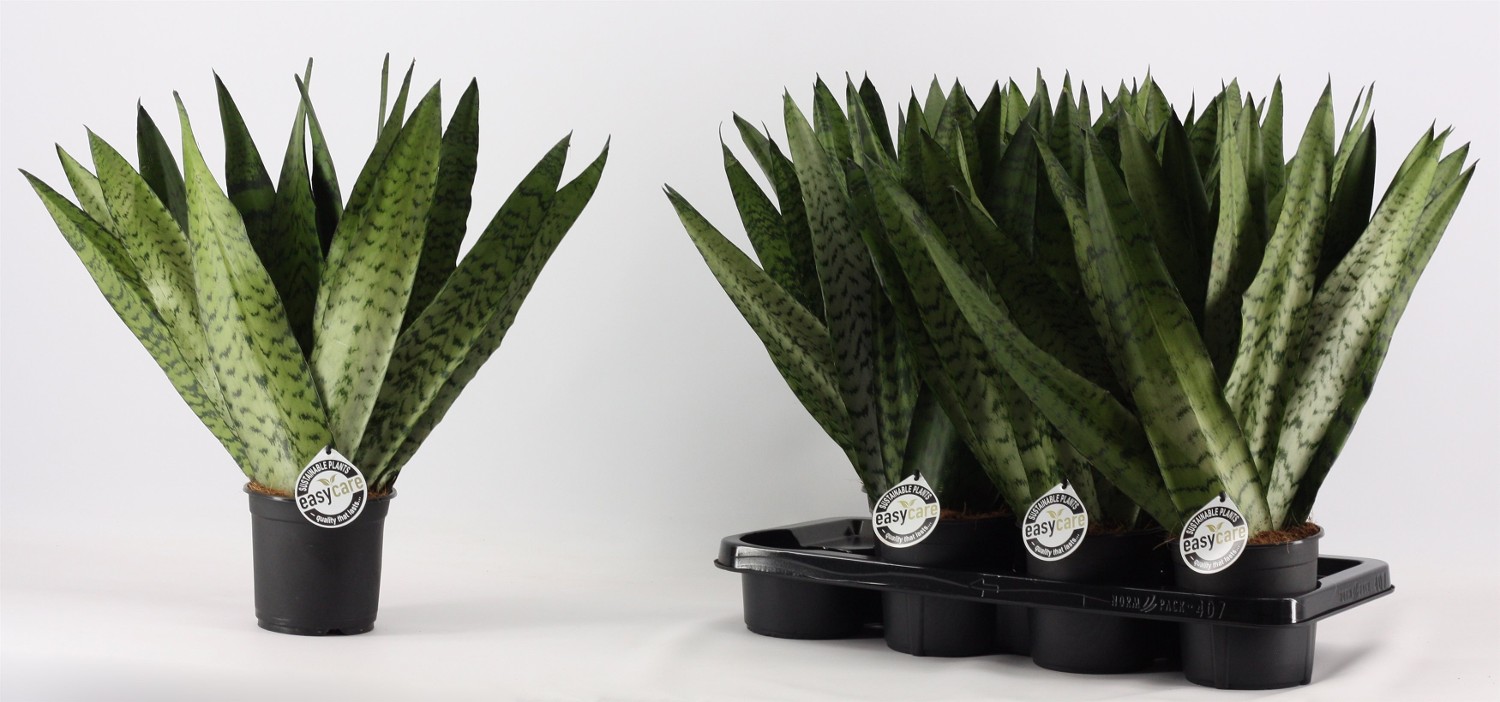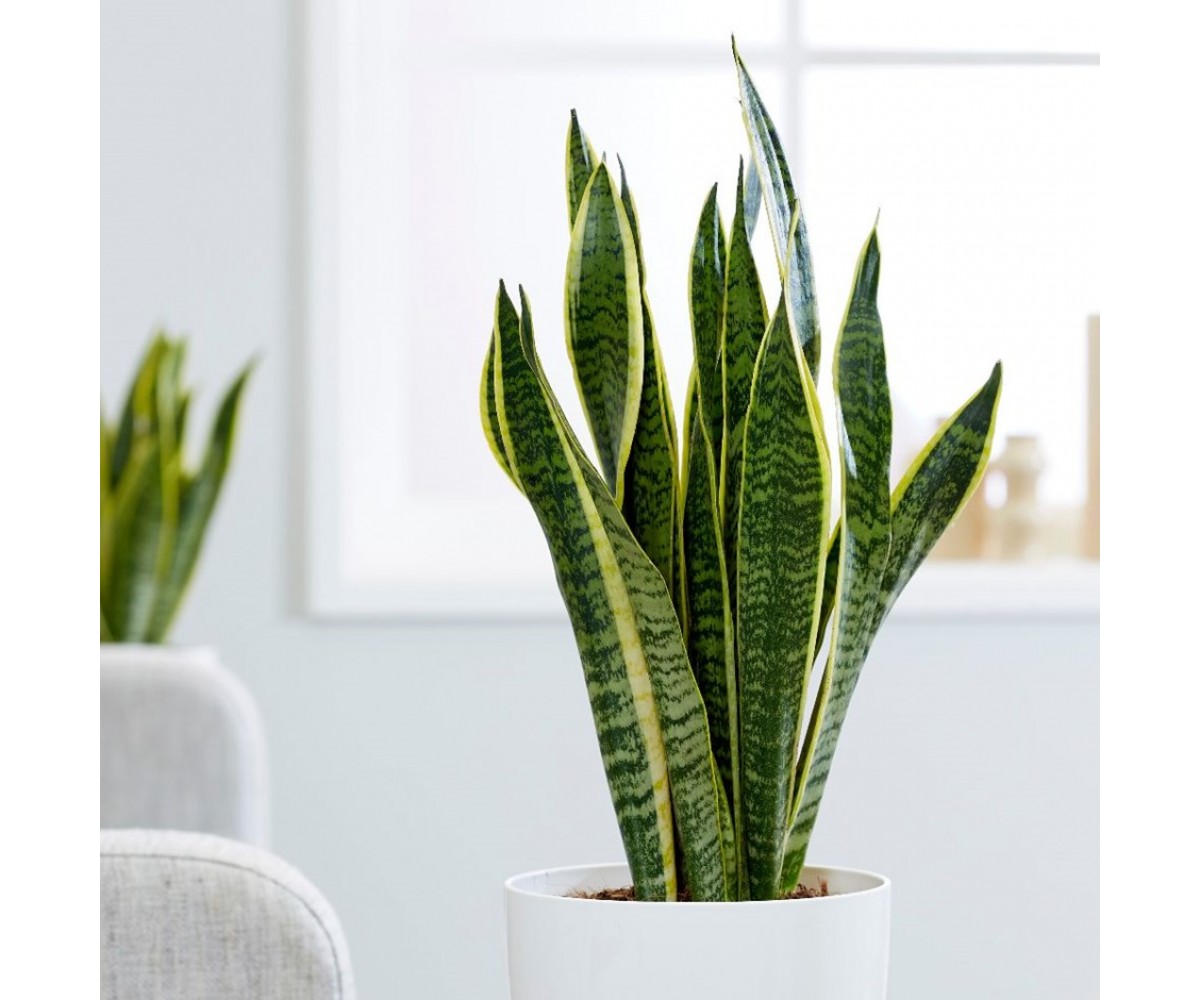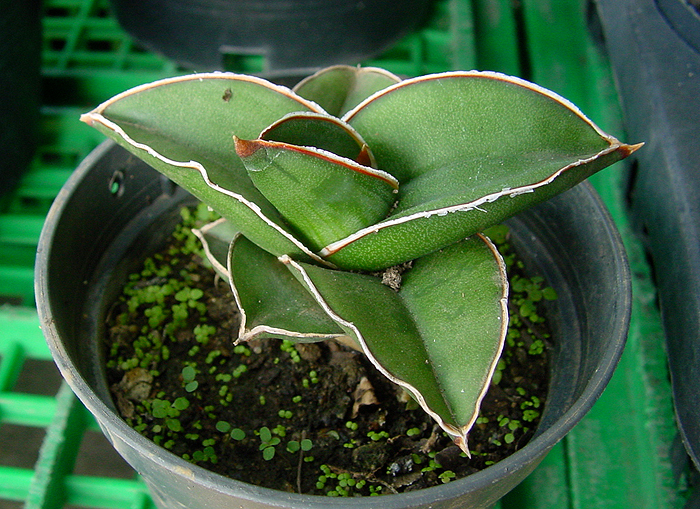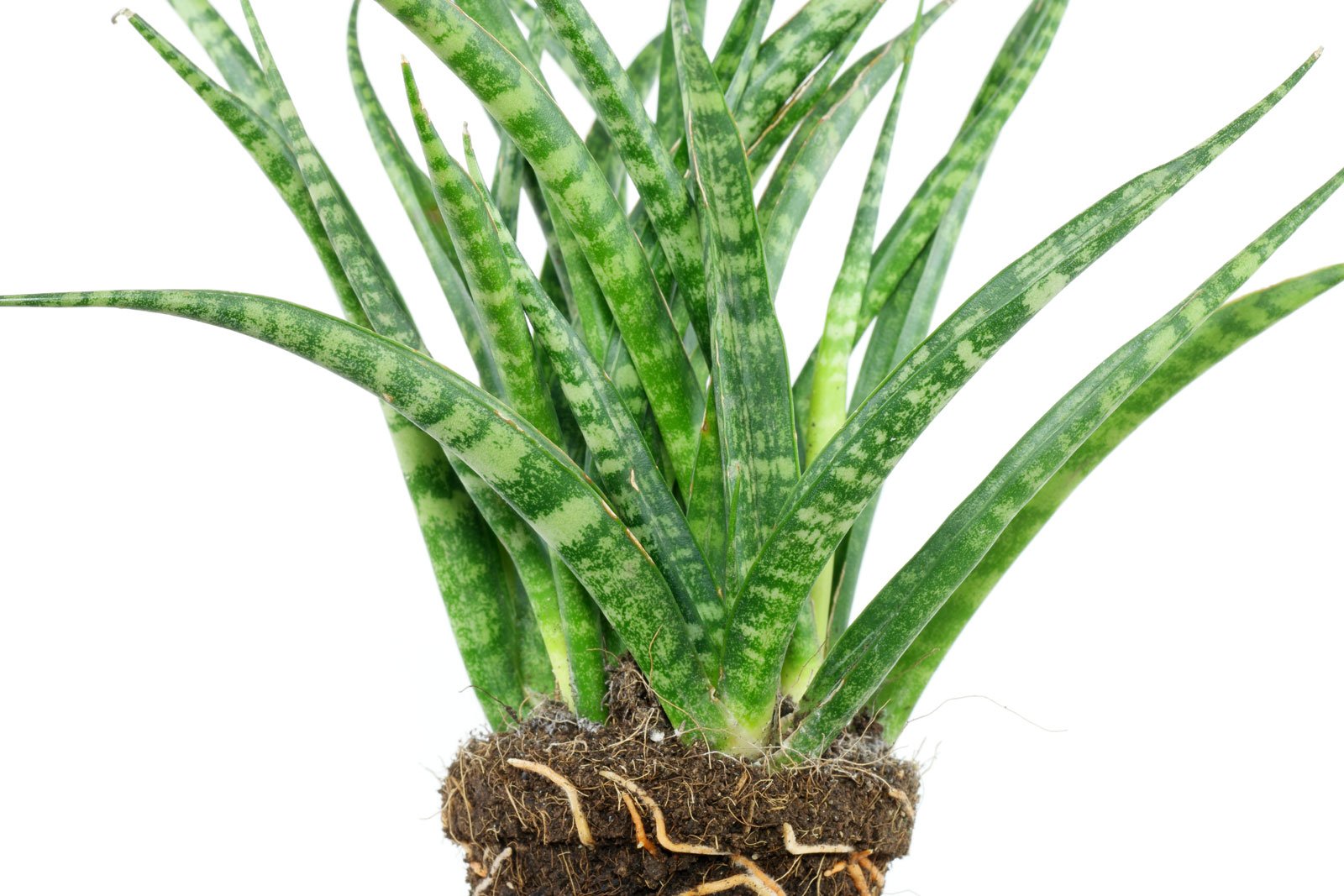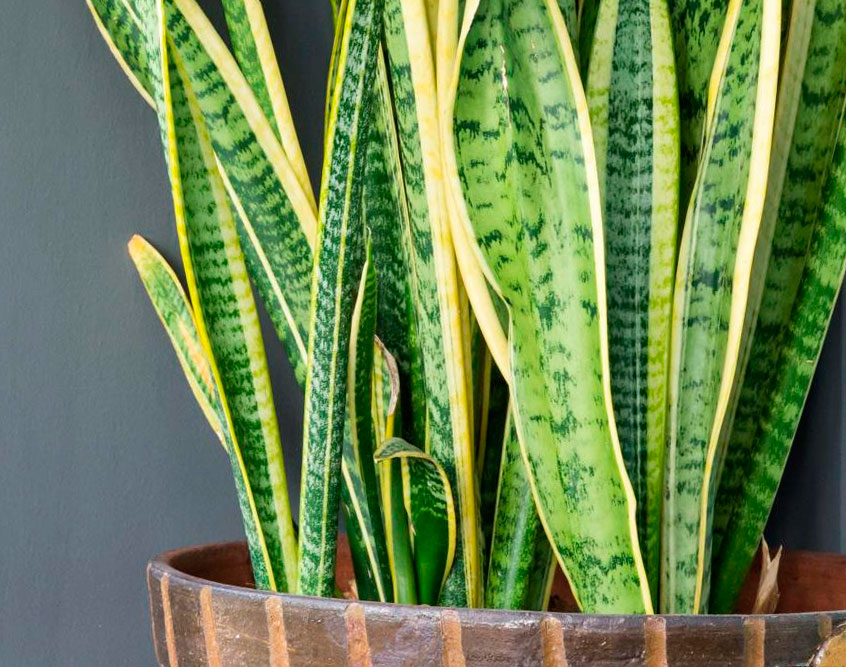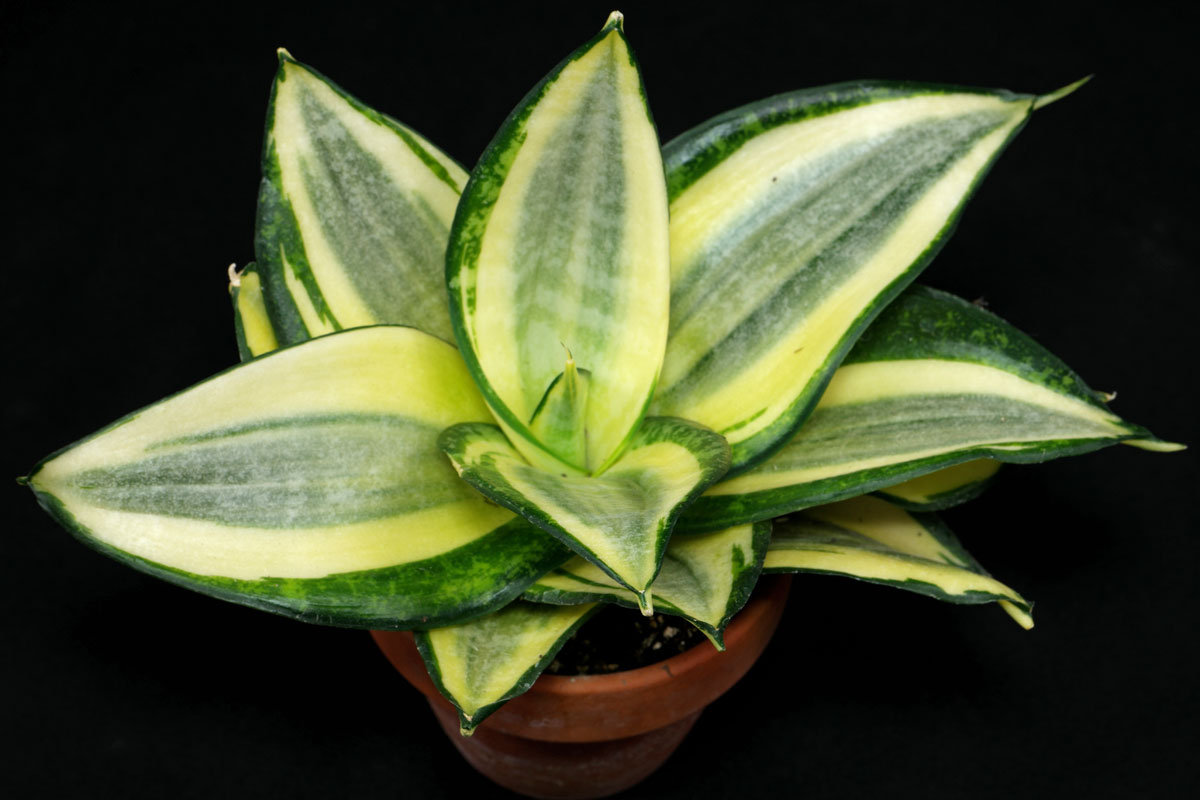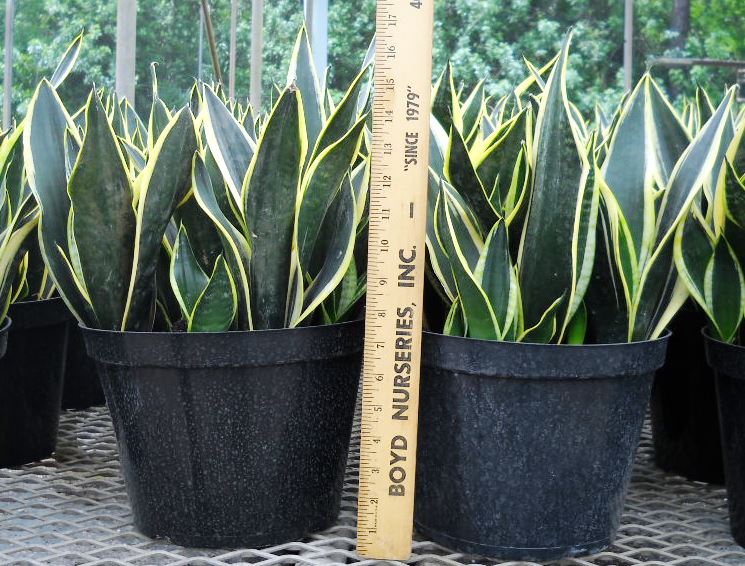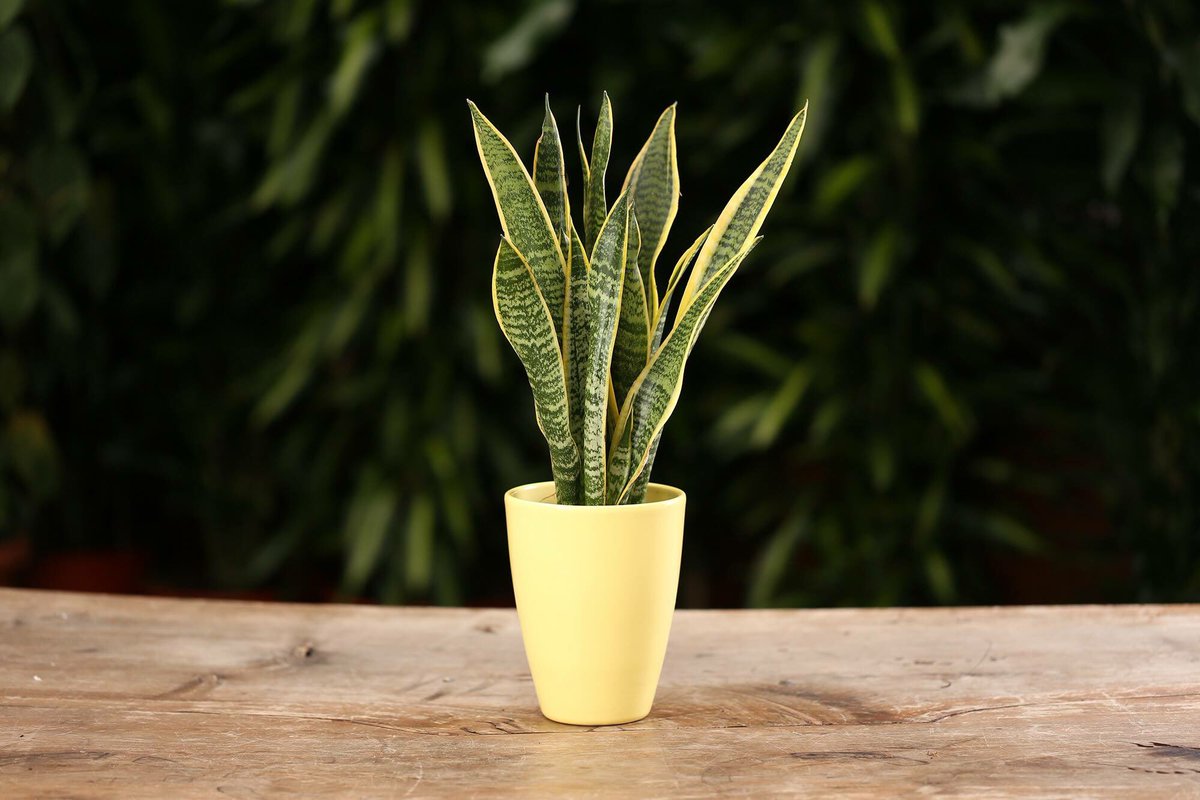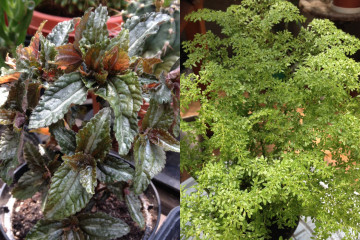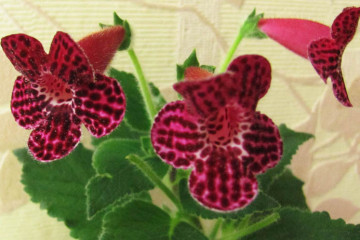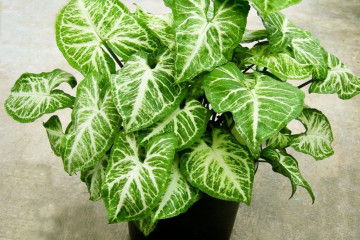Sansevieria species - Cylindrika, Three-lane, Zeylanika, Mother-in-law's Language, Samurai
Content:
The beauty of the sansevier is familiar to almost every housewife. In nature, there are 60 species of sansevieria. In home care in pots, only a few of them can survive.
The flower is often called “mother-in-law's tongue” and “pike's tail” due to its long flexible leaf of bright color.
general description
Sansevieria, or sansevieria, refers to an evergreen stemless plant of the Sprazhev family (in some catalogs the name Agave appears). Many species and varieties of sansevieria can be found in the dry rocky edges of the subtropics and tropics, in Africa, Indonesia, South Florida, India, and Madagascar.
The name Sansevieria comes from Latin in honor of the name of the Neapolitan prince Sansevierio. He developed and actively promoted natural sciences.
Other plant names:
- Cuckoo's tail - because of the long stem,
- Baseball bat - due to the fact that the leaves are hard and strong, they can hit like a bat,
- Leopard lily - due to its bright color,
- Compact - especially characteristic of the undersized variety of the Laurenti plant (the leaves curl, the stems seem to be trying to braid a braid),
- Snake plant or skin - due to the yellow lines on the leaves, reminiscent of the color of a snake,
- Devil's tongue
- African hemp.
Sansevieria flower is popular in the interior. Designers often decorate rooms with them, use them to create compositions.
This plant can behave quite unpretentious, since it has a strong vitality. As a rule, it is difficult to ruin it, it always pleases with its bright foliage and does not dry out even if you do not approach it for a month or a month and a half.
Description of sansevieria:
- Is sansevieria blooming possible? This question is relevant among florists. For many, the answer is unequivocal that she does not have flowers. Sansevieria can bloom as an ornamental deciduous plant. With proper home care, the leopard lily becomes covered in subtle flowers. However, only a professional can visually identify them.
- Reproduction occurs by cuttings or dividing the rhizome.
- Temperature. It tolerates room temperature well.
- Lighting. Likes partial shade or bright light, but diffused.
- Watering should be moderate, but systematic.
- Top dressing. Fertilizer is introduced at the time of active growth, once a month. You can use cactus food.
- The transplant is done on an individual basis with a strong development of the rhizome.
- Harmful insects and diseases. Sansevier can be damaged by root rot and anthracnose, thrips and spider mites.
Types of sansevieria for indoor breeding
Cylinder or cylindrical
Sansevieria Cylindrika includes about ten varieties. Her homeland is South Africa. In indoor conditions, it began to be used in 1320.
Sansevieria cylindrical has a number of features:
- Complete absence of a stem,
- Outstretched sword-shaped leaves
- Rich green color and streakiness.
- Sheets can also be curled into a tube.
- Height - up to 1.5 meters.
Advantages:
- Gives off a lot of oxygen,
- Pronounced antibacterial effect,
- Neutralizes harmful fumes from paint, varnish,
- The sap of the plant treats cystitis, otitis media and inflammation of the appendages.
Harm:
- The juice contains saponin - a poisonous substance,
- Sansevier is unacceptable for children's rooms,
- Being in the bedroom, according to legend, provokes scandals.
Three-lane
Three-lane sansevieria is best started for novice growers. She looks efficient and easily adapts to absolutely any conditions.
It got its name from the longitudinal yellow stripe on the sheet.
Features:
- Thick root up to 2 cm in diameter, grows in the upper soil layer,
- Leaves resemble sabers, grow in the form of a rosette,
- Each rosette is 6-8 hard leaves, grow straight up,
- Leaf height - up to one meter, width - up to ten centimeters.
Zeylanika
For the cultivation of Zeylanik sansevieria, nutritious, loose, drained soil with the addition of peat is needed.
Features:
- From 30 to 150 cm in size,
- Blooms from January to December,
- It comes in a variegated or green hue,
- Broad leaves with silvery green dots or stripes in the form of waves,
- Loves a lot of light
- Moderate watering,
- Low air humidity.
Mother-in-law's tongue
Sansevieria Teschin's tongue has many advantages over other species:
- Absorbs harmful radiation from TVs, refrigerators, microwaves and computers,
- Protects its owner from diseases and colds,
- Helps weather-dependent people, relieving all symptoms.
Features:
- Loves bright diffused light
- Moderate watering from spring to autumn,
- The soil consists of two parts: sod land and leafy soil with an admixture of sand.
- Propagated by dividing the root.
- The leaves are wide and striped.
Samurai
Sansevieria Samurai has three varieties, depending on the height of the plant. It happens:
- Undersized (up to 0.5 meters),
- Medium layer (up to 1 meter),
- Tall (up to 1.5 meters in height).
Features:
- Loves east and north windows,
- Blossoms in spring
- The leaves are powerful, wide and strong,
- Loves light and moisture.
Mikado
Sansevieria Mikado has its own subspecies:
- Fernwood Mikado sansevieria requires special care, since it is prone to frequent rhizome rot. Also, spots may appear on the leaves, indicating poor watering and improperly selected soil.
- Bakularis Mikado will perfectly fit into any interior and will delight you for many years.
Features:
- The spots on the foliage are either narrow or wide, depending on the variety,
- The stripes can be in tune with the main color of the foliage or contrast with it,
- Narrow xiphoid leaves,
- During the flowering period, it produces a peduncle up to one meter in height.
Pike tail
Pike tail sansevieria care is one of the simplest. The only thing she doesn't like is the constant rearrangement from place to place.
Features:
- With a lack of light, variegated leaves lose their color,
- Perennial succulent,
- Striped smooth leaves, growing from the very roots,
- It grows up to one meter in height,
- Foliage patterns can be both lengthwise and across.
Pickaxes
Sansevieria pickaxe, unlike other varieties, has a very weak, small root system.
Features:
- Small socket,
- 10 sheets of a pale green hue are concentrated around the outlet,
- There are spots and dots on the foliage,
- There are brown and reddish streaks along the edges of the foliage.
Golden Hanni
The Hanni variety has the following subspecies:
- Sansevieria like Golden Hanni,
- Sansevieria with the double name Silver Queen or Silver Hanni,
- Kristatu.
Hanni was removed from Laurenti's species in 1941 by breeder S. Khan. He wanted to get a stunted look with a rosette.As a result, a compact species was bred, which reached a height of 30 cm with bright green foliage. The ends of the leaves were bent outward, the pattern on them was contrasting. The foliage formed a rosette, so the plant looked like a vase.
At home, care for Hanni sansevieria needs the following:
- The best place for growing is the western or eastern window sills, on the southern ones it will be necessary to shade from the bright sun,
- Variegated varieties need constant lighting, do not put up with partial shade,
- Growing temperature ranges from 20 to 25 degrees,
- Lowering the temperature to a maximum of +10 degrees,
- You can also grow it hydroponically. However, the best soil option would be a dedicated succulent soil.
- When watering, the water should not get into the outlet - this can develop a fungal disease,
- Hanny loves watering. Only if there is no stagnation of moisture in the soil. Accordingly, the soil should be moist, without the presence of bays. Water - soft tap water, settled for 1-2 days.
- Top dressing takes place from March to September. In October, you should not introduce fertilizer due to the fact that the plant goes into a dormant period.
- Pruning is done when old, diseased or excess leaves are removed. Formative pruning is unnecessary.
- The transplant is done in the spring.
The transplant procedure is as follows:
- Before transplanting, the soil is moistened in a day,
- On the day of the procedure, an earthen lump is pulled out,
- The new pot is thoroughly washed and doused with boiling water,
- A drainage layer is laid on the bottom,
- Put a soil substrate on top,
- A flower with an earthen lump is installed in the center,
- The void is filled with a substrate, 1.5-2 cm is left to the top,
- Water the plant
- Top up with earth if necessary.
Young plants are replanted once a year until they are 2-3 years old. After the transplant is carried out 1 time in 2-3 years.
- Reproduction is possible by dividing the bush, shoots and leaf cuttings that have taken root. Shoots usually emerge from the rhizome.
Black Gold
Sansevieria of the Black Gold species has a subspecies - Superba.
Their difference is as follows:
- Black Gold is bred from the Laurenti variety. It is a tall plant with narrow leaves.
- Black Gold Superba belongs to the Superba variety. Medium height, with a wide leaf. The density of the leaf is slightly higher.
Care errors:
- The leaves turned yellow and became soft - waterlogged soil, stagnant water in it. Rotten areas of the flower should be removed, the foliage should be treated with a fungicide. Dry Sansevier and transplant into another soil.
- The foliage is soft, but the color is preserved - the plant freezes. The affected foliage is removed, the sections are treated with activated carbon. The plant must be removed to a warm, bright place.
- The plates of the sheets are covered with spots of brown or green-brown color - this can be for a number of reasons. Possible lack of lighting, excessive watering, leaf sunburn or hypothermia. The damaged areas of the leaves are cut off, treated with activated carbon. The conditions for keeping and leaving the flower are also changing.
Trifasciata
Sansevieria of the Trifasciata variety is referred to as a three-lane. It has high (up to one meter) leaves growing straight from the root. A fairly durable variety.
Sheet Description:
- Thick,
- Xiphoid,
- Pointed,
- Dark green color,
- Gray-green horizontal stripes.
Flowers appear in spring or autumn, they are fragrant, small, with a white tint. They smell good.However, in indoor conditions, this happens very rarely.
Sansevier has absorbed many legends, superstitions and rumors. It is not surprising that many growers doubt whether it is worth keeping such an inhabitant at home. In fact, sansevieria purifies the air in the room by reducing the level of pathogens. Some species are even able to absorb nicotine. Also, a well-known succulent can absorb negative emotions and improve the psycho-emotional mood of the family. So an unpretentious pike tail is a great indoor plant option.
